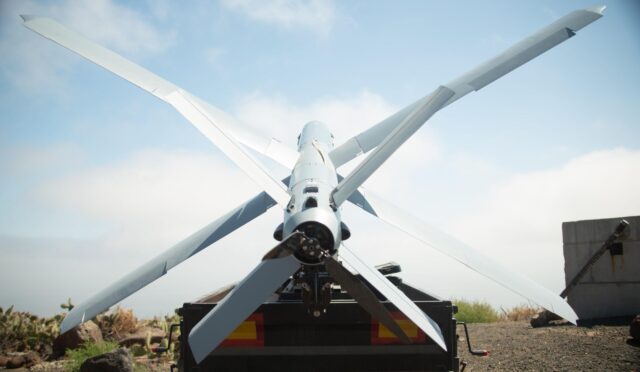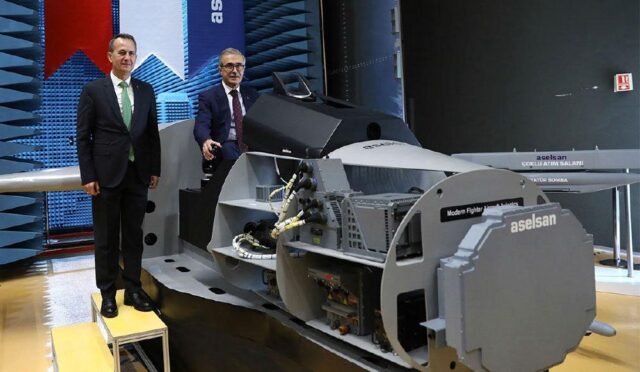German Navy Tomahawk Missiles: Enhancing Naval Power
The German Navy is taking significant steps to bolster its combat capabilities by considering the introduction of Tomahawk cruise missiles on its warships. This decision comes in response to evolving global security dynamics, particularly the ongoing conflict in Ukraine. Vice Admiral Jan Christian Kaack, the Inspector of the German Navy, remarked, “We are currently exploring the possibility of arming our naval units with Tomahawks, and the prospects look quite promising.” While specifics are yet to be made public, reports suggest that the Class 123 and Class 124 frigates could be among the vessels to benefit from this advancement.
The inclusion of the Tomahawk missile represents a notable enhancement to the German Navy’s arsenal. Notably, the Raytheon missile has already been integrated into the future Type 127 frigates of the German Navy. Currently, only a limited number of navies around the globe possess this advanced missile system, with the US Navy and the Royal Navy being prominent examples. Recently, the US State Department also approved plans to sell a substantial number of Tomahawk land-attack cruise missiles to the Netherlands, indicating a growing interest in such capabilities among allied forces.
Inland Strike Capability
This initiative aligns closely with the German Navy’s recently unveiled “Course Marine” strategy, which underscores the importance of enhanced inland strike capabilities. Vice Admiral Kaack highlighted the German Navy’s vital role in cross-dimensional operations, particularly in the Baltic Sea. He explained, “In the Baltic Sea, the Navy contributes significantly to cross-dimensional operations with its maritime strike capabilities and provides essential support to the armed forces.” The navy is preparing to take on the challenge of neutralizing long-range enemy weapon systems during a maritime defense.
At present, the German Navy’s Class 130 corvettes are equipped with the RBS 15 anti-ship missile, which theoretically allows for inland strikes. However, the missile’s range of approximately 300 kilometers pales in comparison to that of the Tomahawk Block IV, known for its impressive range of 900 nautical miles (1,667 kilometers). This disparity highlights the necessity for the German Navy to upgrade its capabilities to match modern threats effectively.
Additional Requirements
The Course Marine strategy not only emphasizes the need for improved strike capabilities but also identifies the importance of enhancing all relevant naval platforms, particularly submarines. A crucial component of this strategy involves the integration of modular and containerized weapons systems. This approach ensures that various platforms can be equipped with the necessary firepower while maintaining operational flexibility. Moreover, the strategy calls for increased ammunition stockpiles to sustain extended operations.
In addition to these improvements, Vice Admiral Kaack announced plans for the navy to acquire the BlueWhale autonomous underwater vehicle, which has undergone successful testing. The incorporation of unmanned systems across all relevant German naval platforms reflects an adaptive approach to modern warfare. According to the Course Marine strategy, the integration of fast, hard-to-detect, and unmanned platforms will facilitate effective operations, significantly reducing adversary response times and enhancing overall naval strategic positioning.







